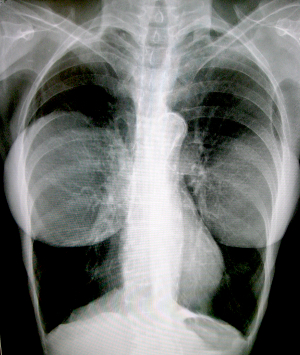Fake breast test shows rippling results

A study from the Australian School of Advanced Medicine at Macquarie University has shown that implants with a textured or rougher surface present more suitable conditions for a bacterial coating to grow on, which can lead to several negative outcomes.
“Textured implants were introduced because the rougher surface provides better ‘grip’ for the implants to adhere to the surrounding tissue. Unfortunately this benefit does not come without a catch,” said Macquarie’s Professor Anand Deva,
Just 24 hours in to the in vitro testing, analysis showed that textured implants had 72 times the number of bacteria attached to their surface compared to smooth implants.
“Our previous research has shown that the majority of contracture complications are due to a low-grade infection [biofilm] around the implants, most likely caused at the time of insertion,” said Dr Deva.
“Biofilm on the implant surface is increasingly understood to be responsible for initiating inflammation, which leads to capsular contracture in the majority of cases.”
Contracture is the most common complication following breast implant insertion and causes progressive hardening of the tissue around the implant.
Contracture results in visible deformity and pain, affecting anywhere from 10-50% of women with implants for both cosmetic and reconstructive purposes.
“Given that breast implants are the most common procedure performed in cosmetic surgery, we wanted to ensure that clinicians and patients are aware of the pros and cons of the different implant varieties,” Dr Deva said
“Surgeons using textured implants have to be especially careful not to introduce bacterial contamination at the time of implant insertion.”
Professor Deva and his team have had published a 14-step guide to reduce the risk of breast implant infection, an excerpt of which is available here.
The guide aims to educate surgeons on how to reduce the risk of bacterial contamination.







 Print
Print